Convolutional Neural Networks (CNNs) are a specialized type of deep learning algorithm designed for processing structured grid data, particularly images. They have significantly advanced the field of computer vision by automatically learning spatial hierarchies of features from input data. This capability makes CNNs highly effective for tasks including image recognition, object detection, and video analysis.
The architecture of a CNN typically consists of three main components:
1. Convolutional layers: These layers apply a set of learnable filters to the input data, extracting features such as edges, textures, and patterns. 2.
Pooling layers: These layers downsample the feature maps produced by convolutional layers, reducing spatial dimensions and increasing the network’s robustness to input variations. 3. Fully connected layers: These layers process the output from convolutional and pooling layers to make predictions about the input data.
CNNs excel at learning hierarchical representations of visual data, which contributes to their effectiveness in image classification and object detection tasks. Their ability to automatically extract relevant features from raw data has made them an invaluable tool in artificial intelligence and computer vision applications. The success of CNNs in visual tasks has led to their adaptation for other types of data, including audio processing and natural language processing.
As research continues, CNNs are likely to find even more applications across various domains of machine learning and artificial intelligence.
Key Takeaways
- Convolutional networks are a type of artificial neural network designed for processing structured grid data, such as images.
- Training convolutional networks with AI involves using large datasets to teach the network to recognize patterns and features within images.
- Optimizing convolutional networks for image recognition involves fine-tuning the network’s architecture and parameters to improve accuracy and efficiency.
- Leveraging convolutional networks for object detection involves using techniques such as region-based convolutional neural networks (R-CNN) to identify and locate objects within images.
- Enhancing convolutional networks for video analysis involves extending the network’s capabilities to process and understand temporal information in video data.
Training Convolutional Networks with AI
Training a convolutional neural network (CNN) involves feeding it with labeled training data and adjusting its parameters so that it learns to make accurate predictions. This process is typically done using an optimization algorithm such as stochastic gradient descent (SGD), which updates the network’s parameters based on the error between its predictions and the true labels. One of the key challenges in training CNNs is overfitting, which occurs when the network learns to memorize the training data rather than generalize to new, unseen data.
To combat overfitting, techniques such as dropout and data augmentation can be used. Dropout involves randomly deactivating some neurons during training, which helps to prevent the network from becoming overly reliant on any particular set of features. Data augmentation involves creating new training examples by applying random transformations to the existing data, such as flipping or rotating images.
Another important aspect of training CNNs is choosing an appropriate loss function, which measures how well the network’s predictions match the true labels. Common loss functions for classification tasks include cross-entropy loss and hinge loss. Additionally, CNNs can be trained using transfer learning, where a pre-trained network is fine-tuned on a new dataset.
This can be particularly useful when working with limited amounts of labeled data. In conclusion, training CNNs involves optimizing their parameters using techniques such as stochastic gradient descent, while also addressing challenges such as overfitting and choosing appropriate loss functions. With the right approach, CNNs can be trained to achieve high levels of accuracy on a wide range of computer vision tasks.
Training a convolutional neural network (CNN) involves feeding it with labeled training data and adjusting its parameters so that it learns to make accurate predictions. This process is typically done using an optimization algorithm such as stochastic gradient descent (SGD), which updates the network’s parameters based on the error between its predictions and the true labels. One of the key challenges in training CNNs is overfitting, which occurs when the network learns to memorize the training data rather than generalize to new, unseen data.
To combat overfitting, techniques such as dropout and data augmentation can be used. Dropout involves randomly deactivating some neurons during training, which helps to prevent the network from becoming overly reliant on any particular set of features. Data augmentation involves creating new training examples by applying random transformations to the existing data, such as flipping or rotating images.
Another important aspect of training CNNs is choosing an appropriate loss function, which measures how well the network’s predictions match the true labels. Common loss functions for classification tasks include cross-entropy loss and hinge loss. Additionally, CNNs can be trained using transfer learning, where a pre-trained network is fine-tuned on a new dataset.
This can be particularly useful when working with limited amounts of labeled data. In conclusion, training CNNs involves optimizing their parameters using techniques such as stochastic gradient descent, while also addressing challenges such as overfitting and choosing appropriate loss functions. With the right approach, CNNs can be trained to achieve high levels of accuracy on a wide range of computer vision tasks.
Optimizing Convolutional Networks for Image Recognition

Optimizing convolutional neural networks (CNNs) for image recognition involves fine-tuning their architecture and parameters to achieve high levels of accuracy on image classification tasks. One common approach is to use deeper networks with more layers, as this allows the network to learn more complex representations of the input data. However, deeper networks also require more computational resources and are more prone to overfitting, so careful consideration must be given to their design.
Another important aspect of optimizing CNNs for image recognition is choosing appropriate activation functions for the network’s neurons. Common activation functions include ReLU (Rectified Linear Unit) and its variants, which help to introduce non-linearity into the network and enable it to learn complex mappings between inputs and outputs. Additionally, batch normalization can be used to improve the stability and speed of training by normalizing the inputs to each layer.
Furthermore, optimizing CNNs for image recognition involves fine-tuning their hyperparameters, such as learning rate, batch size, and weight initialization. These hyperparameters can have a significant impact on the performance of the network and must be carefully tuned through experimentation. Overall, optimizing CNNs for image recognition requires a combination of architectural design choices, activation functions, batch normalization, and hyperparameter tuning.
Optimizing convolutional neural networks (CNNs) for image recognition involves fine-tuning their architecture and parameters to achieve high levels of accuracy on image classification tasks. One common approach is to use deeper networks with more layers, as this allows the network to learn more complex representations of the input data. However, deeper networks also require more computational resources and are more prone to overfitting, so careful consideration must be given to their design.
Another important aspect of optimizing CNNs for image recognition is choosing appropriate activation functions for the network’s neurons. Common activation functions include ReLU (Rectified Linear Unit) and its variants, which help to introduce non-linearity into the network and enable it to learn complex mappings between inputs and outputs. Additionally, batch normalization can be used to improve the stability and speed of training by normalizing the inputs to each layer.
Furthermore, optimizing CNNs for image recognition involves fine-tuning their hyperparameters, such as learning rate, batch size, and weight initialization. These hyperparameters can have a significant impact on the performance of the network and must be carefully tuned through experimentation. Overall, optimizing CNNs for image recognition requires a combination of architectural design choices, activation functions, batch normalization, and hyperparameter tuning.
Leveraging Convolutional Networks for Object Detection
| Method | Mean Average Precision (mAP) | Frames per second (FPS) |
|---|---|---|
| Faster R-CNN | 73.2% | 7 |
| YOLOv3 | 57.9% | 45 |
| SSD | 74.3% | 22 |
Convolutional neural networks (CNNs) have proven to be highly effective for object detection tasks due to their ability to automatically learn hierarchical representations of visual data. One popular approach for object detection using CNNs is region-based convolutional neural networks (R-CNN), which first generates region proposals in an image and then applies a CNN to each proposal to classify and refine its bounding box. Another approach is You Only Look Once (YOLO), which divides an image into a grid and predicts bounding boxes and class probabilities for each grid cell using a single pass through a CNN.
YOLO is known for its real-time performance and has been widely used in applications such as autonomous driving and surveillance systems. Furthermore, Faster R-CNN is an extension of R-CNN that introduces a Region Proposal Network (RPN) to generate region proposals directly from feature maps produced by a shared CNN backbone. This allows for end-to-end training of both the RPN and object detection network.
Overall, leveraging convolutional networks for object detection involves using specialized architectures such as R-CNN, YOLO, or Faster R-CNN that are designed to efficiently detect objects in images or video frames. These architectures have been instrumental in advancing object detection capabilities in various domains such as autonomous vehicles, security systems, and robotics. Convolutional neural networks (CNNs) have proven to be highly effective for object detection tasks due to their ability to automatically learn hierarchical representations of visual data.
One popular approach for object detection using CNNs is region-based convolutional neural networks (R-CNN), which first generates region proposals in an image and then applies a CNN to each proposal to classify and refine its bounding box. Another approach is You Only Look Once (YOLO), which divides an image into a grid and predicts bounding boxes and class probabilities for each grid cell using a single pass through a CNN. YOLO is known for its real-time performance and has been widely used in applications such as autonomous driving and surveillance systems.
Furthermore, Faster R-CNN is an extension of R-CNN that introduces a Region Proposal Network (RPN) to generate region proposals directly from feature maps produced by a shared CNN backbone. This allows for end-to-end training of both the RPN and object detection network. Overall, leveraging convolutional networks for object detection involves using specialized architectures such as R-CNN, YOLO, or Faster R-CNN that are designed to efficiently detect objects in images or video frames.
These architectures have been instrumental in advancing object detection capabilities in various domains such as autonomous vehicles, security systems, and robotics.
Enhancing Convolutional Networks for Video Analysis
Convolutional neural networks (CNNs) have been widely used for video analysis tasks such as action recognition, video classification, and video segmentation. One common approach for video analysis using CNNs is 3D convolutional networks, which extend traditional 2D convolutions into three dimensions by considering spatial and temporal information simultaneously. Another approach is two-stream networks, which consist of two separate streams – one processing spatial information (RGB frames) and one processing temporal information (optical flow or motion vectors).
These streams are then combined at later stages in the network to make predictions about actions or events in the video. Furthermore, recurrent neural networks (RNNs) have been combined with CNNs for video analysis tasks by processing sequences of feature maps produced by a CNN with an RNN layer. This allows the network to capture temporal dependencies in video data and make predictions based on long-range temporal information.
Overall, enhancing convolutional networks for video analysis involves extending traditional 2D convolutions into 3D convolutions or combining multiple streams of information using two-stream networks. Additionally, combining CNNs with RNNs allows for capturing temporal dependencies in video data and making accurate predictions about actions or events. Convolutional neural networks (CNNs) have been widely used for video analysis tasks such as action recognition, video classification, and video segmentation.
One common approach for video analysis using CNNs is 3D convolutional networks, which extend traditional 2D convolutions into three dimensions by considering spatial and temporal information simultaneously. Another approach is two-stream networks, which consist of two separate streams – one processing spatial information (RGB frames) and one processing temporal information (optical flow or motion vectors). These streams are then combined at later stages in the network to make predictions about actions or events in the video.
Furthermore, recurrent neural networks (RNNs) have been combined with CNNs for video analysis tasks by processing sequences of feature maps produced by a CNN with an RNN layer. This allows the network to capture temporal dependencies in video data and make predictions based on long-range temporal information. Overall, enhancing convolutional networks for video analysis involves extending traditional 2D convolutions into 3D convolutions or combining multiple streams of information using two-stream networks.
Additionally, combining CNNs with RNNs allows for capturing temporal dependencies in video data and making accurate predictions about actions or events.
Applying Convolutional Networks in Medical Imaging
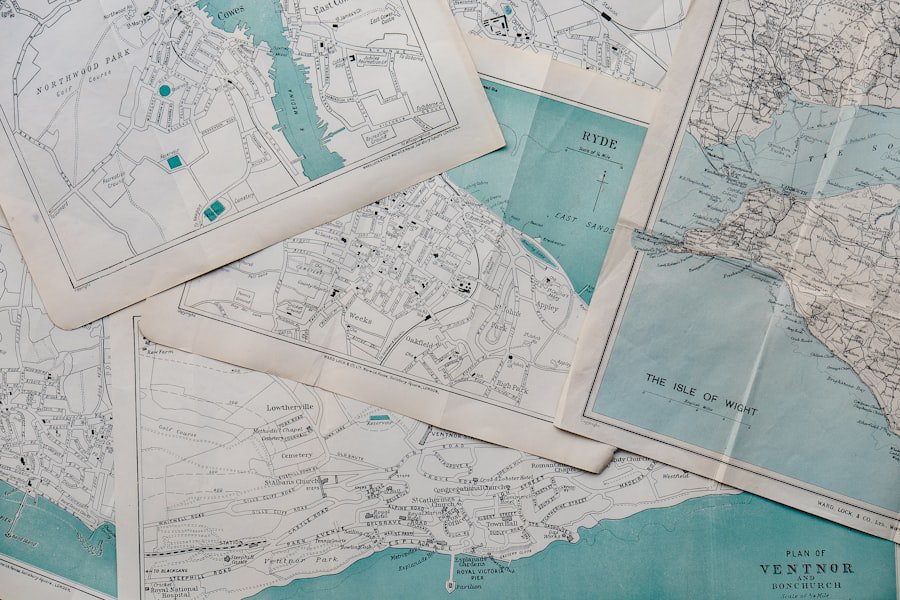
Convolutional neural networks (CNNs) have shown great promise in medical imaging applications such as disease diagnosis from medical images (X-rays, CT scans), tumor detection from MRI scans, and pathology image analysis. One key advantage of using CNNs in medical imaging is their ability to automatically learn features from raw image data without requiring handcrafted features or domain-specific knowledge. For example, CNNs have been used for skin cancer classification from dermoscopy images with high levels of accuracy comparable to dermatologists.
Additionally, CNN-based models have been developed for automated detection of diabetic retinopathy from retinal fundus images with impressive performance. Furthermore, transfer learning has been widely used in medical imaging applications where pre-trained CNN models on large-scale natural image datasets are fine-tuned on medical imaging datasets with limited labeled examples. This approach has shown promising results in various medical imaging tasks by leveraging knowledge learned from natural images.
Overall, applying convolutional networks in medical imaging has shown great potential in improving disease diagnosis accuracy and efficiency by automating image analysis tasks that traditionally require expert human interpretation. Convolutional neural networks (CNNs) have shown great promise in medical imaging applications such as disease diagnosis from medical images (X-rays, CT scans), tumor detection from MRI scans, and pathology image analysis. One key advantage of using CNNs in medical imaging is their ability to automatically learn features from raw image data without requiring handcrafted features or domain-specific knowledge.
For example, CNNs have been used for skin cancer classification from dermoscopy images with high levels of accuracy comparable to dermatologists. Additionally, CNN-based models have been developed for automated detection of diabetic retinopathy from retinal fundus images with impressive performance. Furthermore, transfer learning has been widely used in medical imaging applications where pre-trained CNN models on large-scale natural image datasets are fine-tuned on medical imaging datasets with limited
If you’re interested in exploring the intersection of technology and culture, you may enjoy reading the article “Community and Culture in the Metaverse: User-Generated Content in the Metaverse” on Metaversum. This article delves into the ways in which user-generated content is shaping the virtual world and the impact it has on community building. It’s a fascinating look at how technology is influencing our social interactions and creative expression. Check it out here.
FAQs
What is a convolutional network?
A convolutional network, also known as a convolutional neural network (CNN), is a type of deep learning algorithm that is commonly used for image recognition and classification tasks. It is designed to automatically and adaptively learn spatial hierarchies of features from input data.
How does a convolutional network work?
A convolutional network works by applying a series of convolutional and pooling layers to the input data. The convolutional layers use filters to extract features from the input, while the pooling layers downsample the feature maps to reduce the computational complexity. The network then uses fully connected layers to make predictions based on the learned features.
What are the advantages of using a convolutional network?
Convolutional networks are well-suited for tasks involving image recognition and classification due to their ability to automatically learn and extract features from input data. They are also capable of handling large amounts of data and can be trained to recognize complex patterns and structures within images.
What are some common applications of convolutional networks?
Convolutional networks are commonly used in a wide range of applications, including image recognition, object detection, facial recognition, medical image analysis, and autonomous vehicles. They are also used in various fields such as healthcare, agriculture, and manufacturing for tasks such as quality control and defect detection.
What are some popular convolutional network architectures?
Some popular convolutional network architectures include LeNet, AlexNet, VGG, GoogLeNet, and ResNet. These architectures vary in terms of their depth, number of layers, and design, and have been widely used in research and practical applications for image recognition and classification tasks.




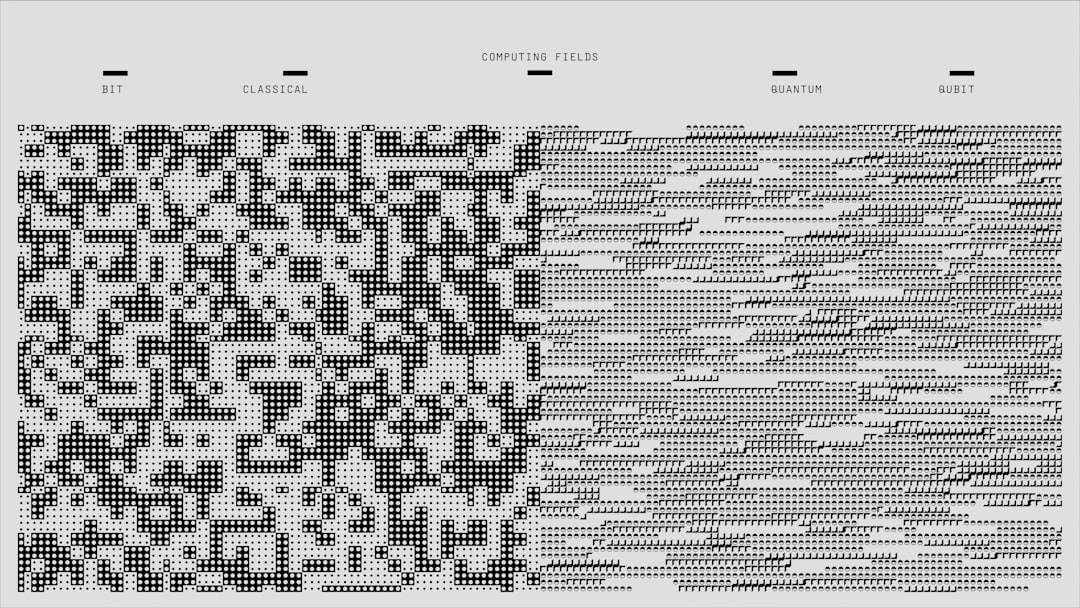


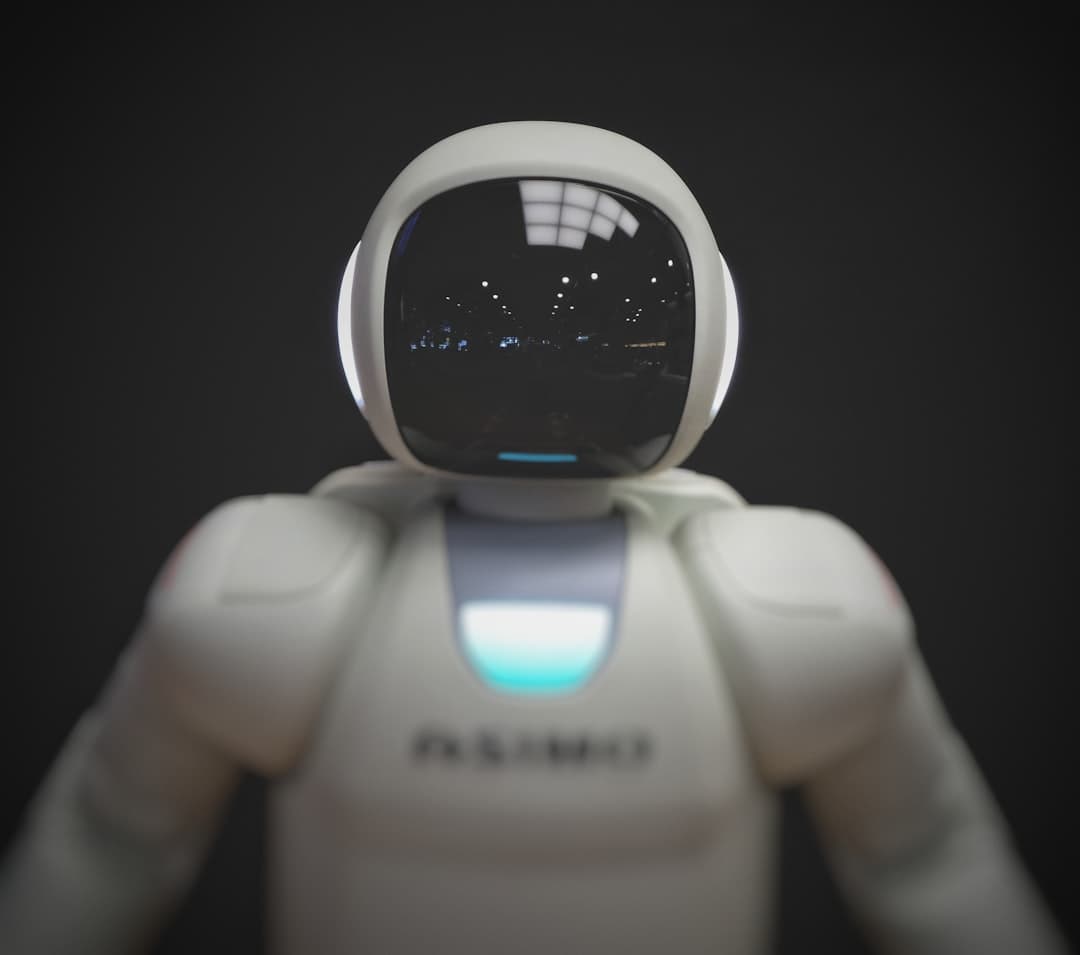
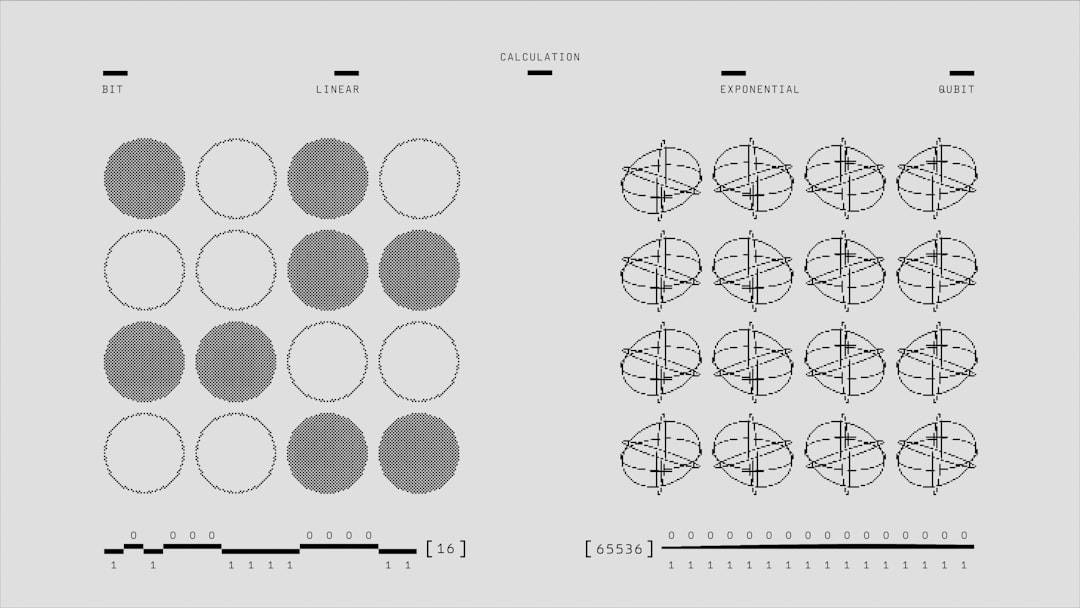
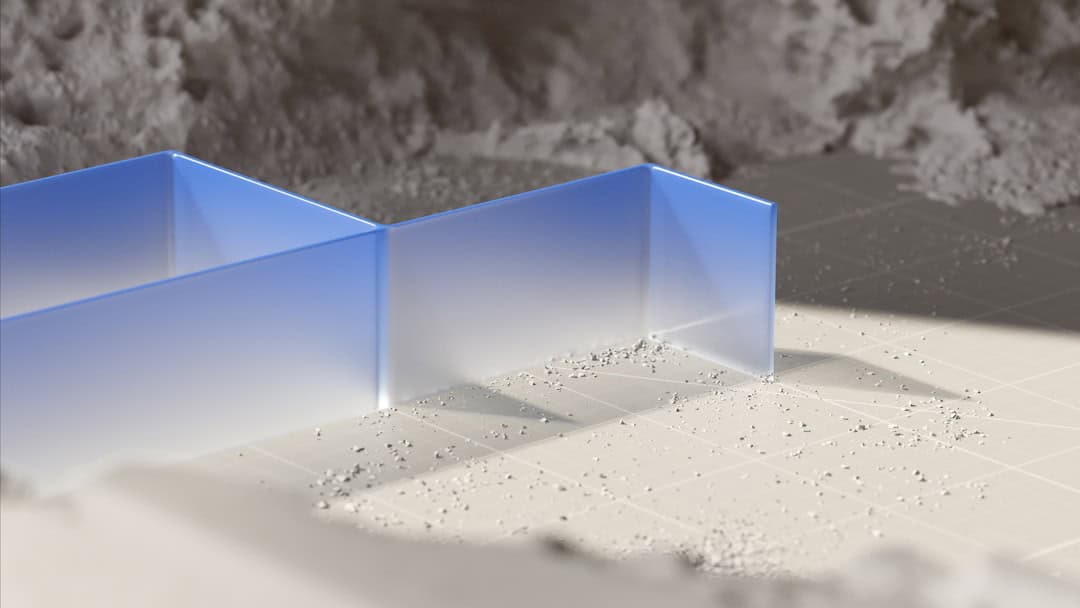

Leave a Reply